He is the Imam, the unique Hafiz, Shaykh al-Islam, 'Allamah, Qadi Abu al-Fadl 'Iyad b. Musa b. 'Iyad b. 'Umar b. Musa b. 'Iyad al-Yahsubi al-Andalusi al-Sibti al-Maliki.
Early Life
Qadi ‘Iyad was born in the year 476 AH/1083-84 CE, six months after the Almoravid takeover of the city. His ancestors left Andalus for Fez and then settled in Ceuta.
At the age of 22, Qadi 'Iyad obtained a license (ijazah) from Hafiz Abu 'Ali al-Ghasani. This allowed Qadi 'Iyad to take knowledge from him. The Qadi had otherwise not studied the Islamic sciences at an early age.
His Travels & Teachers
Qadi ‘Iyad visited the city of Cordoba during his travels seeking knowledge in al-Andalus
Qadi ‘Iyad left Ceuta on two occasions, one of which was to travel to Andalus seeking out scholars with whom he could take knowledge. Between 507/1113 and 508/1114 the Qadi visited Cordoba, Almeria, Murcia, and Granada.
During this time, he learned Hadith from the famed scholar, Qadi Abu 'Ali b. Sukrah al-Sadafi. Qadi 'Iyad stayed with him closely.
Qadi ‘Iyad also took Hadith from:
Abu Bahr b. al-'As
Muhammad b. Hamdayn
Abu al-Husayn Siraj al-Saghir
Abu Muhammad b. 'Attab
Hisham b. Ahmad
and many other scholars
He learned jurisprudence (fiqh) from Abu Abdullah Muhammad b. 'Isa al-Tamimi and Qadi Muhammad b. 'Abdullah al-Masili.
His Career
Qadi ‘Iyad served as a judge in the city of Ceuta for most of his career. Although the city is now a Spanish exclave, Ceuta was at the time an important Muslim-governed city on the African side of the Straits of Gibraltar
The Qadi was first appointed judge of Ceuta in 515 AH/1121 CE and served in his position until 531 AH/1136 CE. He would later serve again in Cueta from 539-543 AH/1145-48 CE.
His tenure as a judge in Cueta was probably his most productive period; his casework created the foundations for his works in fiqh.
Khalaf b. Shakwal said of him:
He is among the people of knowledge and polymaths, of great intelligence and understanding. He performed the duties of a judge in Ceuta for a long time, in which he earned a praiseworthy reputation. Then he travelled from there for a judgeship in Granada. However, he did not stay there long. Thereafter, he came to us in Cordoba and we took from him.
The jurist (faqih) Muhammad b. Hammadah al-Sibti said:
IGI’s Miracles of the Prophet Muhammad ﷺ, published in 2022, is a selection from the Shifa’ of Qadi ‘Iyad
The Qadi began training at the age of twenty-eight years and assumed judgeship at the age of thirty-five. He was lenient, but not weak, [and] fierce in defence of the truth. He learned jurisprudence (fiqh) from Abu 'Abdullah al-Tamimi and accompanied Abu Ishaq b. Ja'far. No one in Ceuta wrote more works than him during his time. He wrote the book 'Al-Shifa' fi Sharaf al-Mustafa', 'Tartib al-Madarik wa Taqrib al-Masalik fi Dhikr Fuqaha' Madhab Malik', a multi-volume work, 'Kitab al-'Aqidah', 'Kitab Sharh Hadith Umm Zar'', the book 'Jami' alTarikh' and others.
His Students
Many scholars narrate from Qadi 'Iyad. Among them are:
Imam 'Abdullah b. Muhammad al-'Ashiri
Abu Ja'far b. al-Qasir al-Gharnati
al-Hafiz Khalaf b. Bashakwal
Abu Muhammad b. 'Ubayd Allah al-Hijri
Muhammad b. al-Hasan al-Jabiri
his son, Qadi Muhammad b. 'Iyad, the Qadi of Denia (in Spain).
His Death
Qadi ‘Iyad died in Marrakesh early in the Almohad period. Much of the city’s famous architecture dates from this era, including the Bab Agnaou
Qadi b. Khalkhan said, 'The teachers of Qadi 'Iyad number around one hundred. He passed away during Ramadan 544/December-January 1149-50.'
Conversely, it has also been reported that he died in Jumada al-Akhirah of the same year, in Marrakesh.
Ibn Bashakwal said, 'Qadi 'Iyad passed away to the west of his hometown, in the middle of the year 544 AH."
His son, Qadi Muhammad b. ‘Iyad, said, “He passed away in the middle of the night, on Friday 9 Jumada al-Akhirah. He was buried in Marrakesh in the year 544 AH.”
Shaykh Mohammed Aslam visits the grave of Qadi ‘Iyad in Marrakesh
I [al-Dhahabi] say, “It has reached me that he was killed by an arrow for his denial that Ibn Tumart was infallible.”
Qadi Muhammad b. ‘Iyad passed away in the year 575 AH.
Notable Works
Some of the Qadi's well-known works are:
IGI’s On Prayers Upon the Prophet ﷺ is a selection of gems from Qadi ‘Iyad’s Al-Shifa' bi Ta'rif Huquq al-Mustafa
Al-Shifa' bi Ta'rif Huquq al-Mustafa - translated as “The Remedy (or Cure) Through Recognizing the Rights of the Chosen One”; an extraordinary number of commentaries have been written on the Shifa' , which is one indication of the book’s high status within the Muslim tradition
Tartib al-Madarik wa Taqrib al-Masalik li Ma'rifat A'lam Madhab Malik
Ikmal al-Mu’lim bi Fawa'id Muslim - Qadi ‘Iyad's own commentary was expounded upon heavily by Imam al-Nawawi in his commentary on Sahih Muslim.
Al-I’lam bi Hudud Qawa'id al-Islam - a work on the five pillars of Islam.
Al-Ilma’ ila Ma’rifa Usul al-Riwayah wa Taqyid al-Sama’ - a detailed work on the science of Hadith.
Mashariq al-Anwar ‘ala Sahih al-Athar - a work based on the Muwatta of Imam Malik, Sahih al-Bukhari of Imam Bukhari, and Sahih Muslim by Imam Muslim.
Al-Tanbihat al-Mustanbatah ‘ala al-Kutub al-Mudawwanah wa al-Mukhtalatah
Daqa’iq al-Akhbar fi Dhikr al-Jannah wa al-Nar - a work describing the joys of Heaven (Jannah) and the horrors of Hell (Jahannam).
IGI Patrons get access to manuscripts and yet-to-be-published translations.
IGI’s Miracles of the Prophet Muhammad ﷺ, published in 2022, is a selection from the Shifa’ of Qadi ‘Iyad







